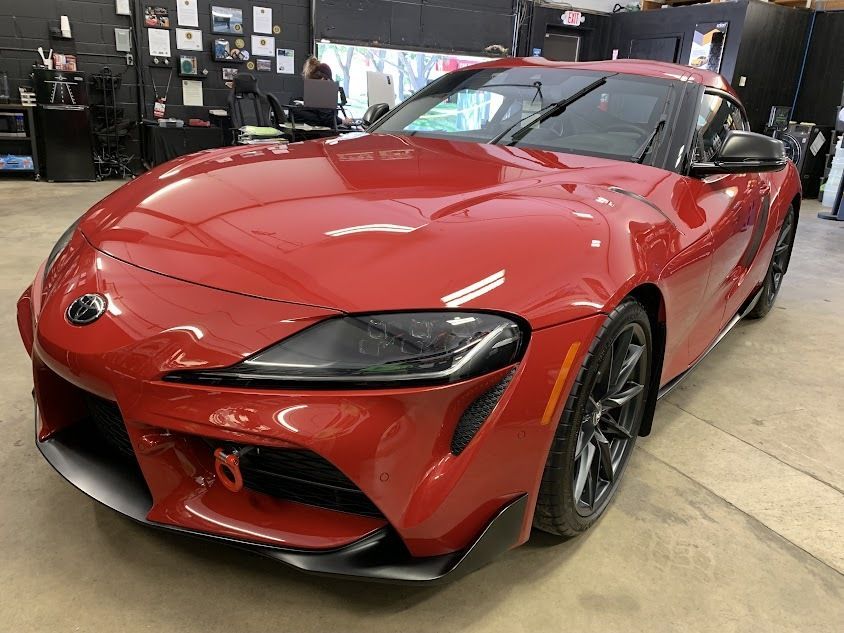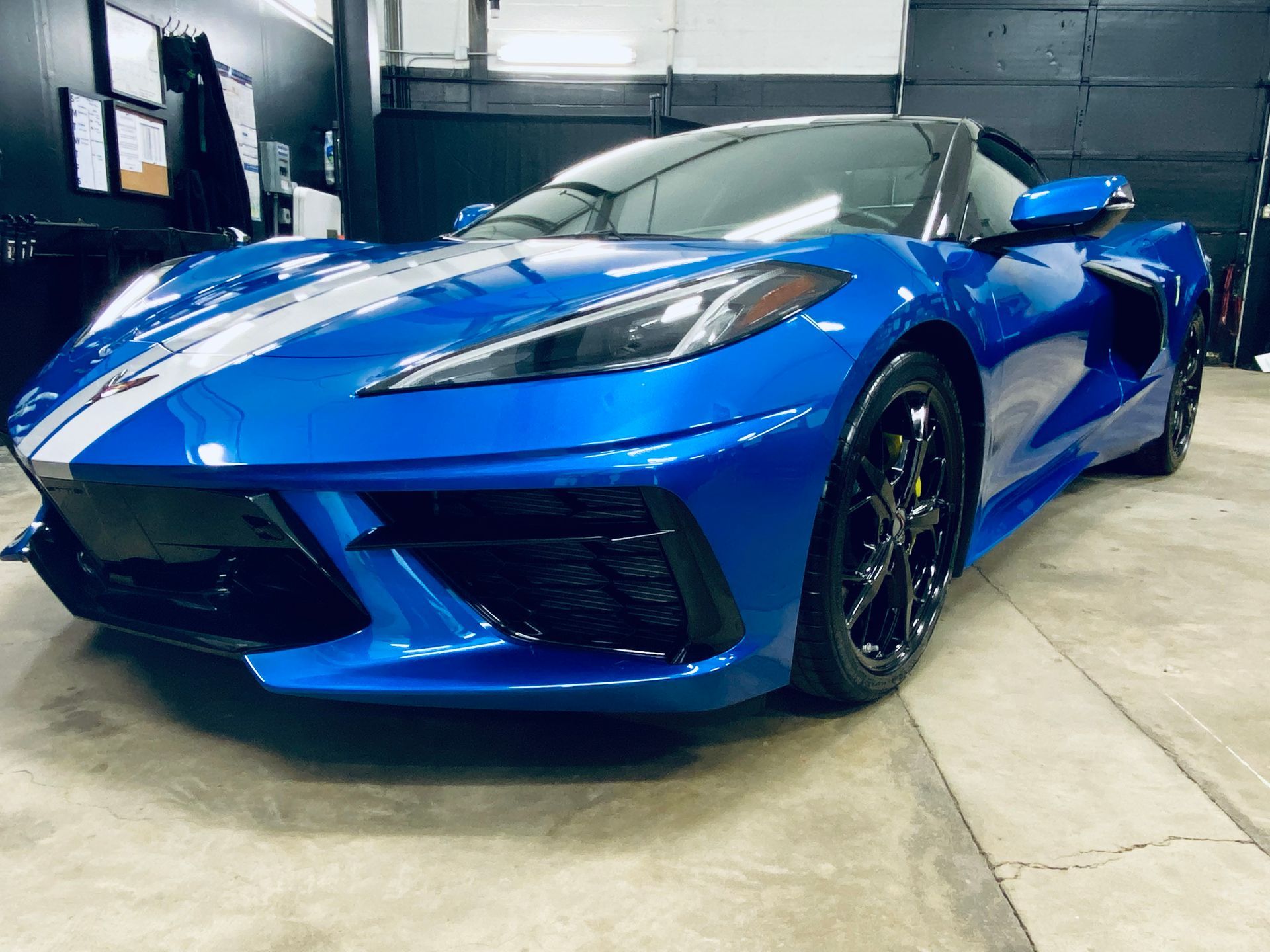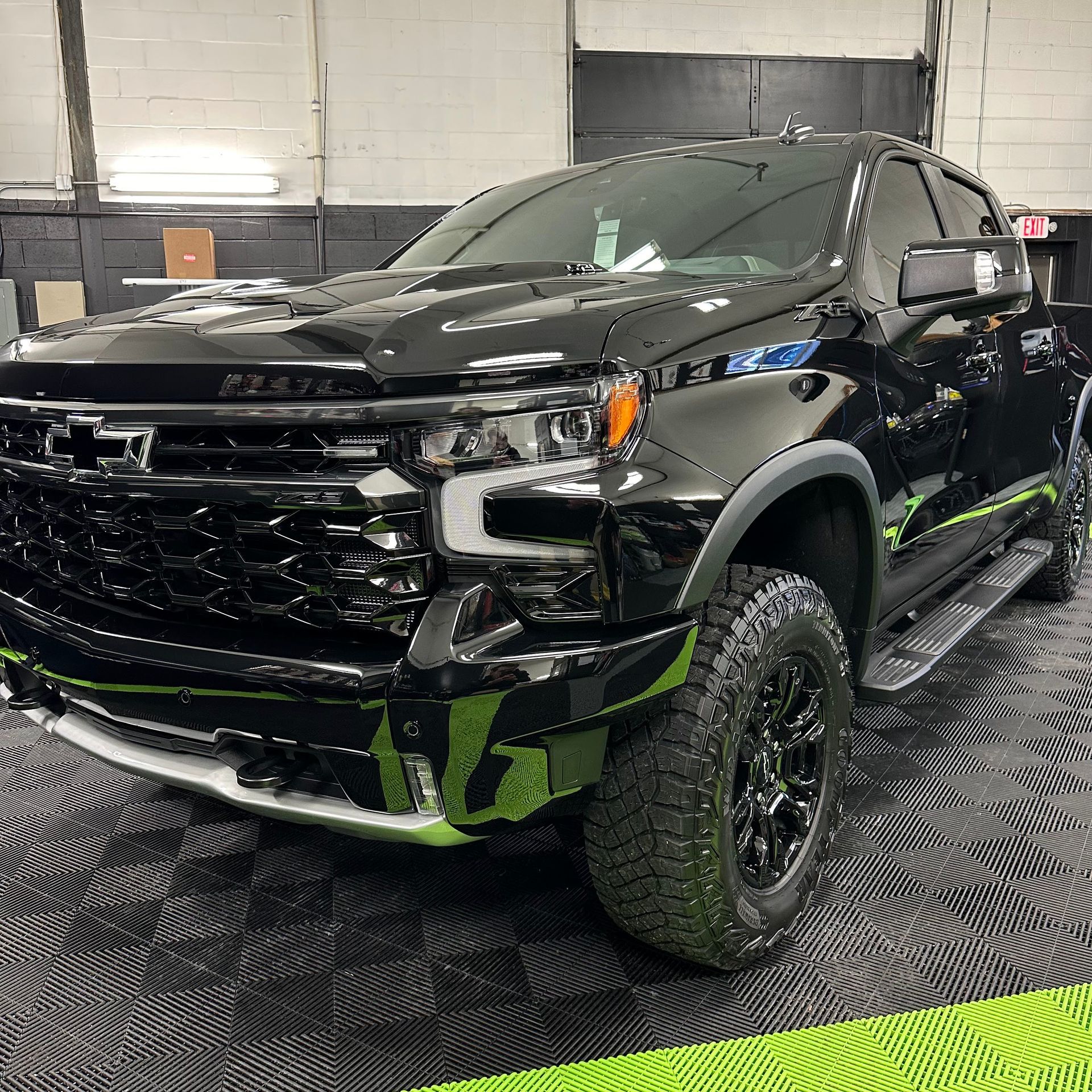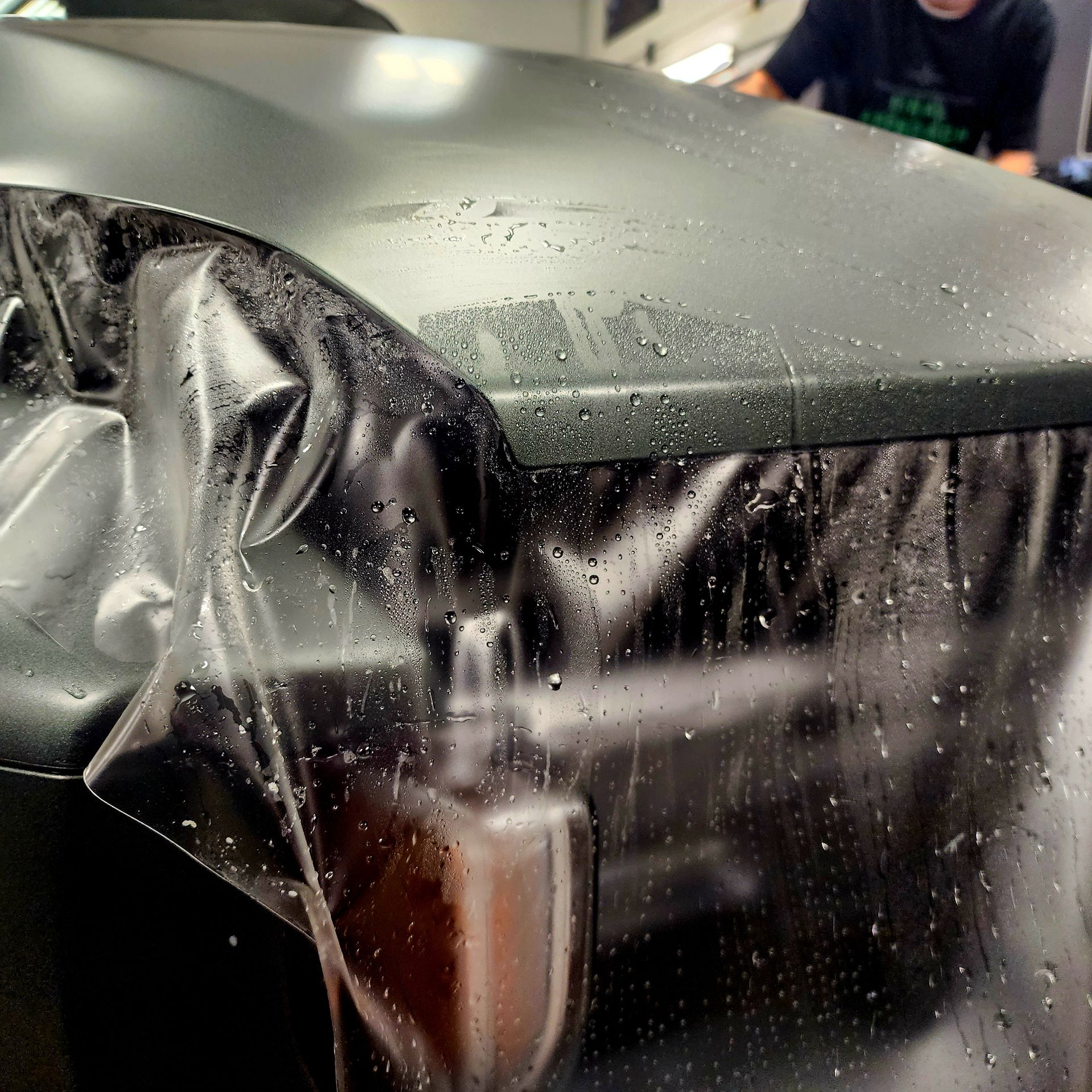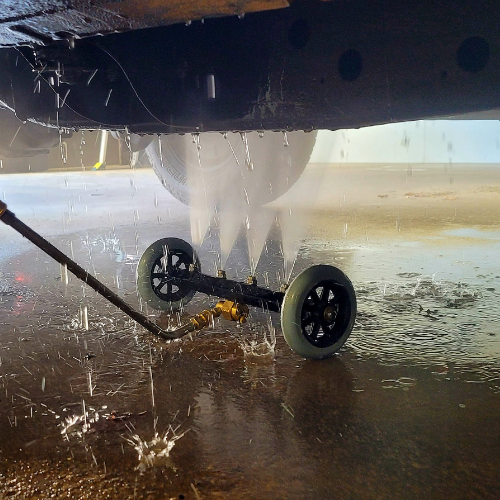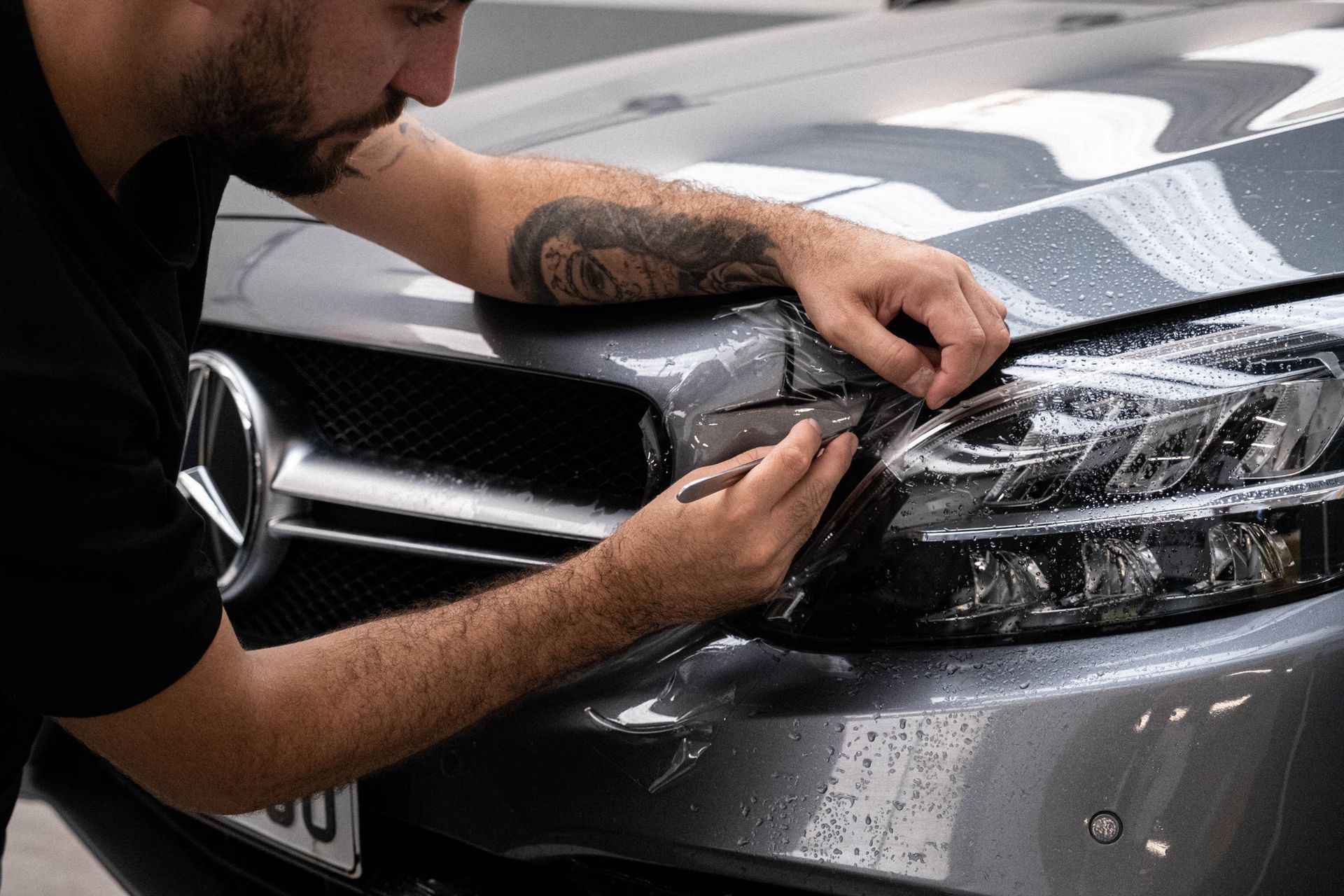Discover Heat Resistance in Ceramic Coatings: Applications and Benefits
When it comes to protecting surfaces from extreme heat, ceramic coatings are rapidly becoming a popular choice across various industries. But why exactly should you care about what they offer? Whether you're looking to keep your car looking sharp during scorching summer days or ensuring that an industrial machine continues to run efficiently even in the hottest conditions, heat-resistant ceramic coatings not only preserve appearance but also play a vital role in extending the lifespan of various components. In this article, we’ll explore how these advanced materials can benefit everyday applications and high-tech industries, making them essential in today’s fast-paced world.
Ceramic coatings are engineered to withstand extreme temperatures, with some formulations capable of resisting temperatures up to approximately 1400°F (760°C) and others reaching as high as 2192°F (1200°C). This exceptional heat resistance makes ceramic coatings ideal for protecting surfaces in hot climates, ensuring that automotive paint doesn’t fade or degrade due to prolonged exposure to sunlight.
Overview of Heat Resistance in Ceramics
Ceramic coatings are a marvel of modern material science, renowned for their ability to withstand extreme temperatures without breaking down. Unlike traditional coatings that might deteriorate under heat or pressure, ceramics excel under the most challenging conditions. This inherent robustness allows them to excel in applications demanding durability and consistent performance over time.
For example, the inner workings of an automotive exhaust system are constantly exposed to intense heat as they channel exhaust gases away from the engine. Ceramic coatings shine in this environment, capable of withstanding blistering temperatures that many other finishes would fail to endure. Thanks to their advanced formulation, some ceramic coatings can resist temperatures up to 2192°F (1200°C). This remarkable capability makes them invaluable in industrial furnaces and power plants, where high thermal stability is essential.
Studies have shown that using ceramic coatings can reduce surface temperatures by up to 30% on components exposed to high heat. This not only helps preserve the integrity of materials but also enhances their functionality, contributing to longer-lasting and safer operations.
Ceramic coatings’ impressive thermal resilience doesn’t rely solely on their composition; innovative nanoparticle technology fills microscopic imperfections, creating a smooth barrier that reduces friction and wear. This cutting-edge technology enhances their performance and longevity.
Types of Heat-Resistant Ceramic Coatings
There are several types of ceramic coatings, each offering distinct advantages for high-performance environments. Here are some of the most common types:
- Silicon Carbide (SiC): Known for its remarkable thermal conductivity and resistance to wear, this coating is ideal for electronics and heat exchangers, where efficient heat transfer is critical.
- Alumina (Al2O3): With exceptional thermal stability, alumina serves as an insulating barrier, protecting underlying materials from excessive heat damage.
- Zirconia (ZrO2): Often fortified with yttria (Y2O3), zirconia is renowned for its excellent thermal shock resistance, making it perfect for turbine blades and components that endure extreme stress and temperature fluctuations.
Understanding these different types is crucial when selecting the right ceramic coating for specific applications.
Surface Applications for Ceramic Coatings
Ceramic coatings excel in bonding with various surfaces, offering enhanced durability and performance. In automotive and aerospace industries, where precision is key, ceramic coatings improve heat dissipation, allowing parts like pistons to operate smoothly under extreme stress. This ensures that these critical components manage combustion temperatures more effectively, preventing overheating and performance dips.
Industrial tools, like cutting blades, also benefit from ceramic coatings. These coatings protect tools from high temperatures and reduce wear, ensuring they maintain precision longer than uncoated tools. With ceramic coatings, tools are more efficient and last longer, leading to improved productivity.
Beyond performance, ceramic coatings also help with contaminant resistance. They prevent substances like grease and grime from adhering to surfaces, making cleanup easier and extending the lifespan of equipment. This feature is often overlooked but is crucial for maintaining the performance of machinery over time.
Benefits of Using Heat-Resistant Coatings
The adoption of heat-resistant ceramic coatings offers several advantages, particularly in terms of lifespan and performance improvements.
- Enhanced Lifespan: Components treated with ceramic coatings can last up to 50% longer than untreated counterparts. This reduced frequency of replacements results in cost savings and fewer disruptions to operations, especially in industrial settings.
- Improved Performance: The reflective qualities of ceramic coatings reduce heat absorption, which translates into better thermal management. This is critical for industries like electronics, where overheating can lead to malfunctions or failures. In automotive applications, ceramic coatings protect vehicles from thermal stress, improving their performance without compromising aesthetic appeal.
Industrial and Practical Uses
Ceramic coatings are transformative in numerous industries, particularly in aerospace, automotive, and manufacturing. In aerospace, jet engines depend on ceramic coatings to manage extreme temperatures and improve thermal management. These coatings help prevent damage and extend component life in these explosive environments.
In the automotive industry, exhaust systems and engine components face intense heat and corrosive substances daily. Ceramic coatings help these parts maintain their integrity, improving fuel efficiency and reducing energy loss. This translates to cleaner emissions and better overall vehicle performance.
Manufacturing industries also benefit from ceramic coatings, especially in tools like cutting blades, which are subject to wear and tear. Coated blades last longer and maintain their efficiency, reducing downtime and improving overall productivity.
Long-Term Investment Considerations
While the initial cost of applying ceramic coatings may seem high, the long-term benefits make it a smart investment. These coatings provide a robust layer of protection that can significantly reduce long-term maintenance costs. Companies that have adopted ceramic coatings often report savings of up to 30% annually due to fewer repairs and breakdowns.
The durability of ceramic coatings—lasting between five and ten years—means that businesses spend less on reapplication and maintenance, further enhancing the return on investment.
Final Thoughts
Heat-resistant ceramic coatings offer numerous benefits, from enhancing the lifespan of components to improving performance and reducing maintenance costs. By investing in these coatings, businesses and individuals alike can enjoy better durability, efficiency, and protection for their assets. Whether you are in the automotive, aerospace, or manufacturing industries, ceramic coatings provide a reliable solution for high-heat environments, ensuring your equipment performs at its best for years to come.
Ready to protect your vehicle or industrial equipment with top-quality ceramic coatings?
Contact Final Approach Detailing today for a free consultation and discover how our expert services can help you maintain the performance and appearance of your assets. Get
your free quote now and experience the difference!

